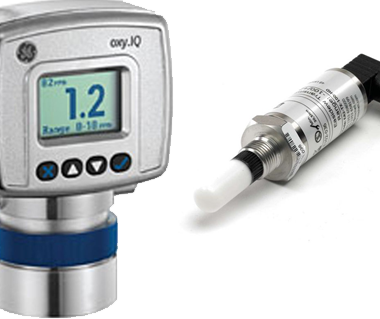No products in the cart.
University of North Carolina at Chapel Hill Biological Safety Manual – Chapter 20: Biosafety Guidance for Research with the SARS-CoV-2 Virus or Clinical Samples from Known or Suspected COVID-19 Patients
University Standard Title University of North Carolina at Chapel Hill Biological Safety Manual – Chapter 20: Biosafety Guidance for Research with the SARS-CoV-2 Virus or Clinical Samples from Known or





